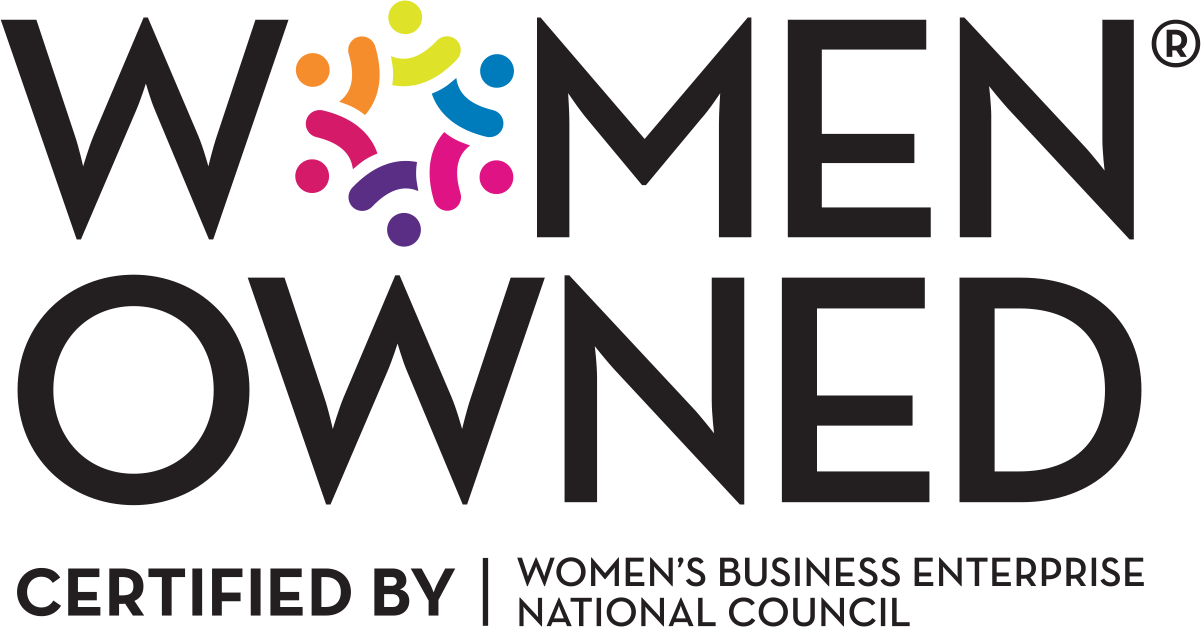Experts have long sung the praises of social media. “Ignore it and get left behind!” they crow. “Every company needs to be on Facebook, LinkedIn, Twitter, Yelp and Instagram!” But take heed:
Just because you can doesn’t mean you should.
Many companies, particularly those in the B2B space, ignored the World Wide Web until it was entirely too late. Even though they weren’t selling directly to consumers or even other businesses online, a web presence was still crucial for brand recognition and recruiting. Vowing not to make the same mistake twice, many of those companies are diving deep into the social media pool in an effort to stay relevant. But all too many are doing so without a plan.
But I Can Reach All Those People!
You’ve heard of the most popular social media channels, each with millions of users. Facebook, for example, has more than a billion members. But there are hundreds of other social media platforms that users are engaging with every day as well. GoodReads is a social network populated by 13 million book lovers who share recommendations and reviews. MyHeritage is a genealogy platform with 30 million members who use it to create family trees and research ancestors. Both have millions of registered users, but should your company have a presence on either? Probably not.
The Big Three (Questions, That Is)
The best way to decide which social media channels are right for you begins with three simple questions:
Which channels are your customers and prospects using?
- This is a question that businesses don’t ask themselves enough. Why create and maintain a Twitter account if none of your customers have a Twitter presence? Why post videos nobody’s watching to YouTube? Instead, find out which sites connect with your audience and focus on those.
Which channels are the best fit for your brand?
- Some channels are a natural fit. Companies with a strong visual presence, usually in the B2C space, do quite well with visually focused channels like Instagram and Twitter, as well as video-based sites like Vimeo and YouTube.Facebook, king of them all, can have a formal or informal tone, depending on your approach. LinkedIn is all business, with an emphasis on networking and recruiting. Get a feel for a channel’s content, tone and conversations before diving in.
Who’s going to manage this thing?
- Social media is a commitment. Not only do users expect fresh content on a regular basis, but they also expect swift responses. Comments and questions must be acknowledged and answered as quickly as possible. Make sure you have a team that can stay on top of channel activity and continually post unique, engaging content.
What Do Your Answers Mean?
You might be surprised at your answers to those questions, especially if it’s “none of the above.” Some B2B companies, such as those in the manufacturing, transportation or production industries, might not need social media accounts. And that’s OK. Just make sure you choose the channel(s) that are right for you and your audience and that you’re able to actively maintain your presence.
Don’t feel alone. Many advertising agencies have divisions and departments focused on social media. They can help you navigate those waters and keep your brand afloat.


Recent Comments